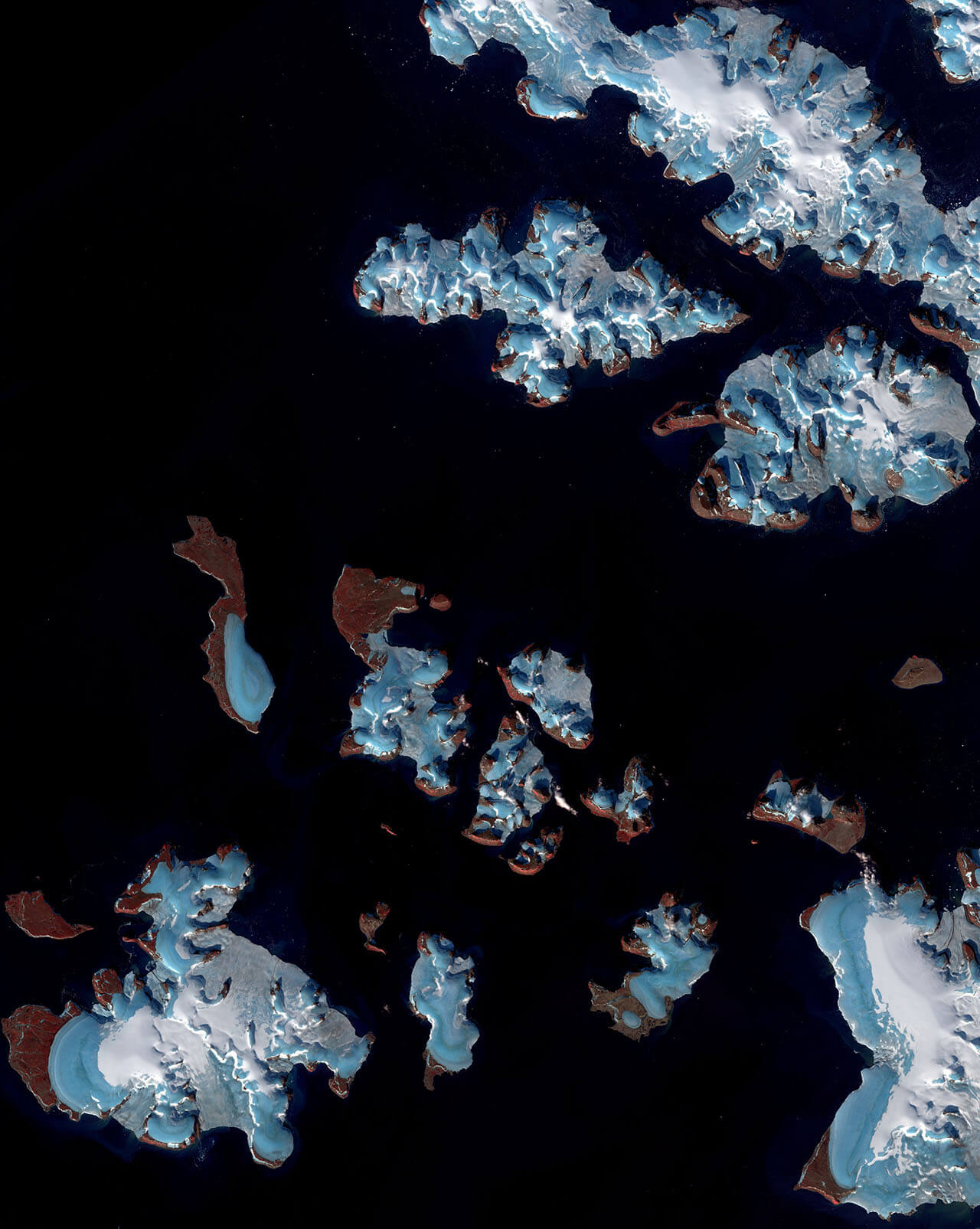The melting of glaciers around the world over the past half century, excluding ice sheets in Greenland and Antarctica, has led to a 27-millimeter rise in sea level and loss of ice weighing over 9,000 billion tons. If the trend continues, according to the authors of the work, by 2100 some mountain ranges located in the Caucasus, Central Europe, western Canada, the USA and New Zealand can almost completely lose their ice.
In the period from 1961 to 2016, the glaciers lost about 9,625,000,000,000 tons of ice, which led to a gradual rise in world ocean level by 27 millimeters. The greatest contribution was made by glaciers in Alaska, in Patagonia and in the arctic regions. Glaciers in the European Alps, the Caucasus and New Zealand were also subject to significant melting, but because of their relatively small size, they played only a minor role in this process.
It is known that the melting of ice sheets in Greenland and Antarctica makes the largest contribution to sea level rise, but these regions are not the only ones that contribute to this. In order to find out what role the ice deposits located in other parts of the world play in this process, scientists combined glaciological field observations with geodetic satellite measurements that allowed them to track the change in thickness of more than 19 thousand glaciers in recent times.
The combination of two methods allowed us to estimate how much ice has been lost in mountainous regions since the 1960s. Glaciological measurements carried out in the field provided annual fluctuations, while satellite data provided a picture of the total ice loss in recent years.
-Michael Zemp, who led the study
As a result, scientists have found that global mass loss by glaciers has increased significantly over the past 30 years and now stands at 335 billion tons per year, which corresponds to a sea level rise of almost 1 millimeter per year. Researchers believe that the melting of glaciers, excluding ice sheets in Greenland and Antarctica, accounts for 25 to 30 percent of the current sea-level rise rate.
Every year, glaciers lose about three times more ice than they do in all the Alps! This roughly corresponds to the loss of mass of the ice sheet in Greenland and clearly exceeds the loss of ice in the Antarctic.
-Michael Zemp
Melting glaciers is gaining momentum around the world
Click To Tweet
The post Melting glaciers is gaining momentum around the world appeared first on Upcosmos.com.
